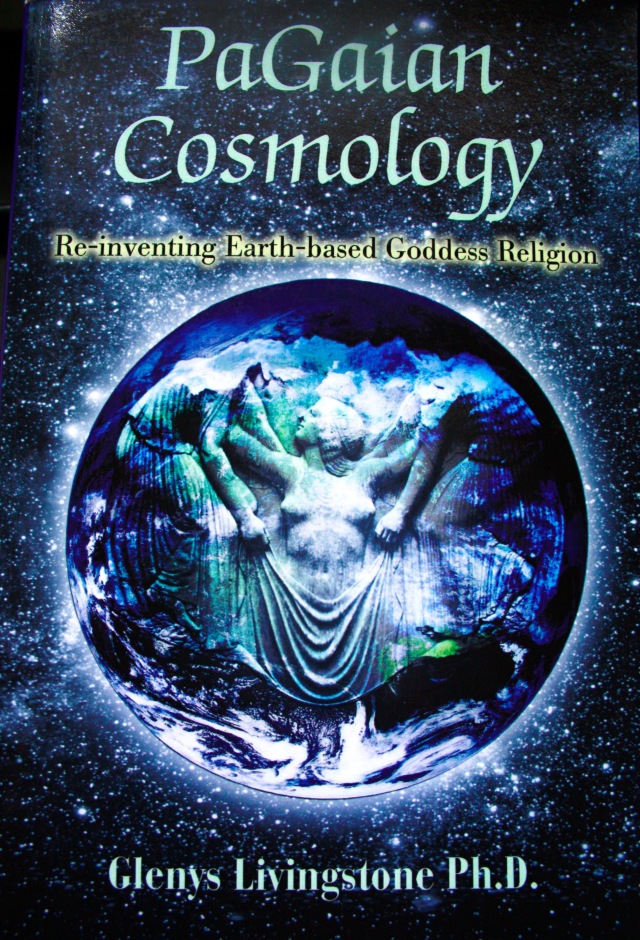Each year in March and September, the Autumn and Spring Equinoxes occur at the same time on the Planet – they are the Seasonal Moments of balance of light and dark, in the dark part and in the light part of the year respectively. The story essentially enacted and told at these seasonal transitions is one of descent and return – the mystery and power of loss and return. The Autumn Equinox (sometimes named as Mabon) is inseparable from the Spring Equinox in its revelation. Spring Equinox is frequently named as Eostar, from which the Christian rituals of Easter have taken their name since the Middle Ages of the Common Era.
The most popular story of descent and return in the Christian West, and also adopted within other cultures around the globe, is that of Jesus: a story celebrated in the Christian Easter rituals. Jesus is regarded literally by many, and at least nominally by many more, as the Redeemer – shaman if you like – who saves all of creation from eternal alienation and loss. Such stories of redemption may be understood in essence, as a desire for the restoration of Beauty – a sense of Cosmic order. The fact that Jesus’s story as told is based on more ancient stories of descent and return remains unknown to many, and the fact that the Cosmos Herself reveals such story often remains out of reach – disabling the perception of stories of descent and return that may be witnessed in what was/is most likely the primary place of such revelation – the phases of the Moon and seasonal experiences. Such Cosmic/Earth-based story may be more useful in our times, for the regaining of deep relationship with our place of being, since the saviour or redemptive quality – the return of Beauty – is revealed within our creative context Herself, and all participate in it by nature of being and becoming. It does not require an external entity to do the dying on behalf of all and resurrect by extraordinary miracle. The initiates who attended the ancient celebrations of the Autumn Equinox in Greece – the Eleusinian Mysteries – were awestruck when the ear of wheat was upheld: they got something in that moment, that the cut wheat held within it. It was Seed, a numinous reality, a holy thing.

Demeter and Persephone, 500 B.C.E. Greece. Image: “The Heart of the Goddess” Hallie Iglehart Austen, p. 72.
Both Equinoxes celebrate a sacred balance of loss and return which are inseparable, and they may both be understood in the Mystery of the Seed. The Seed essentially is, and represents, deep Creativity, that manifests in the flower of Spring and the fruit of the harvest in Autumn: seed becomes fruit, fruit becomes seed, as is commonly spoken in Pagan ceremony …
read more (to the original blog posted March 17 2015)




